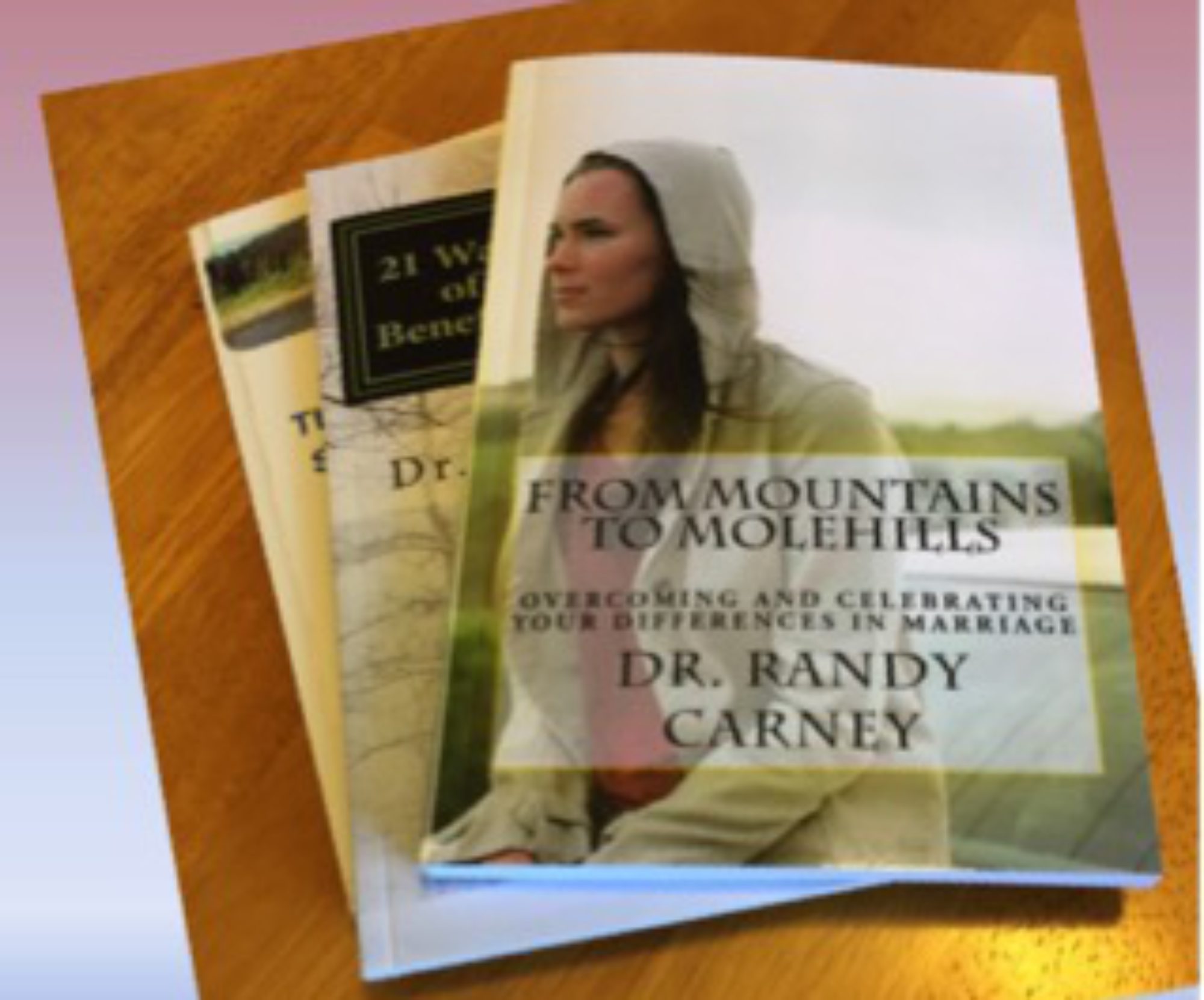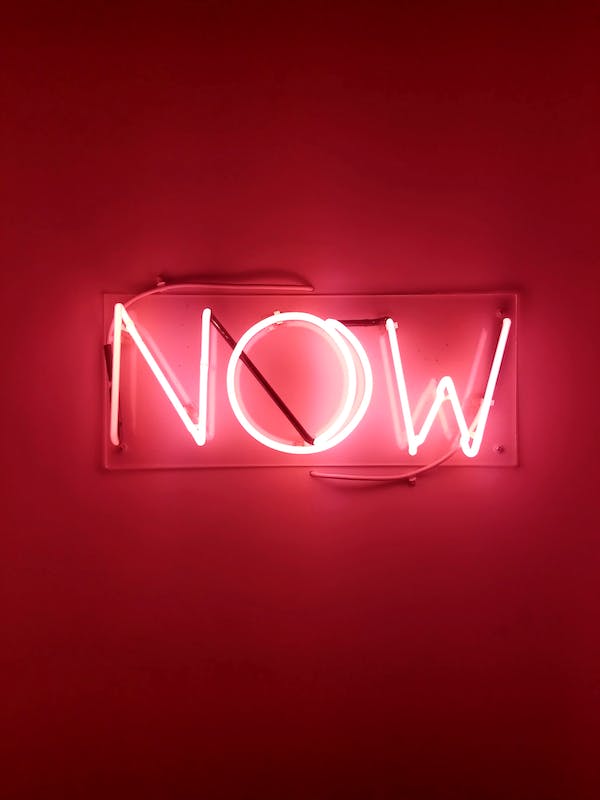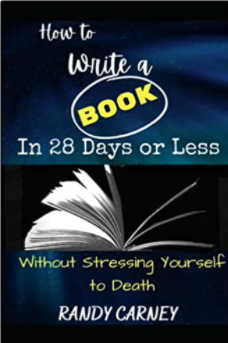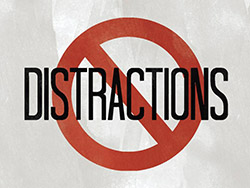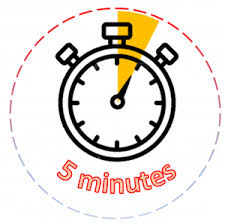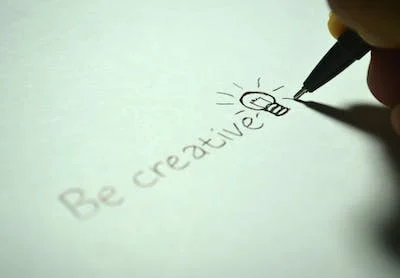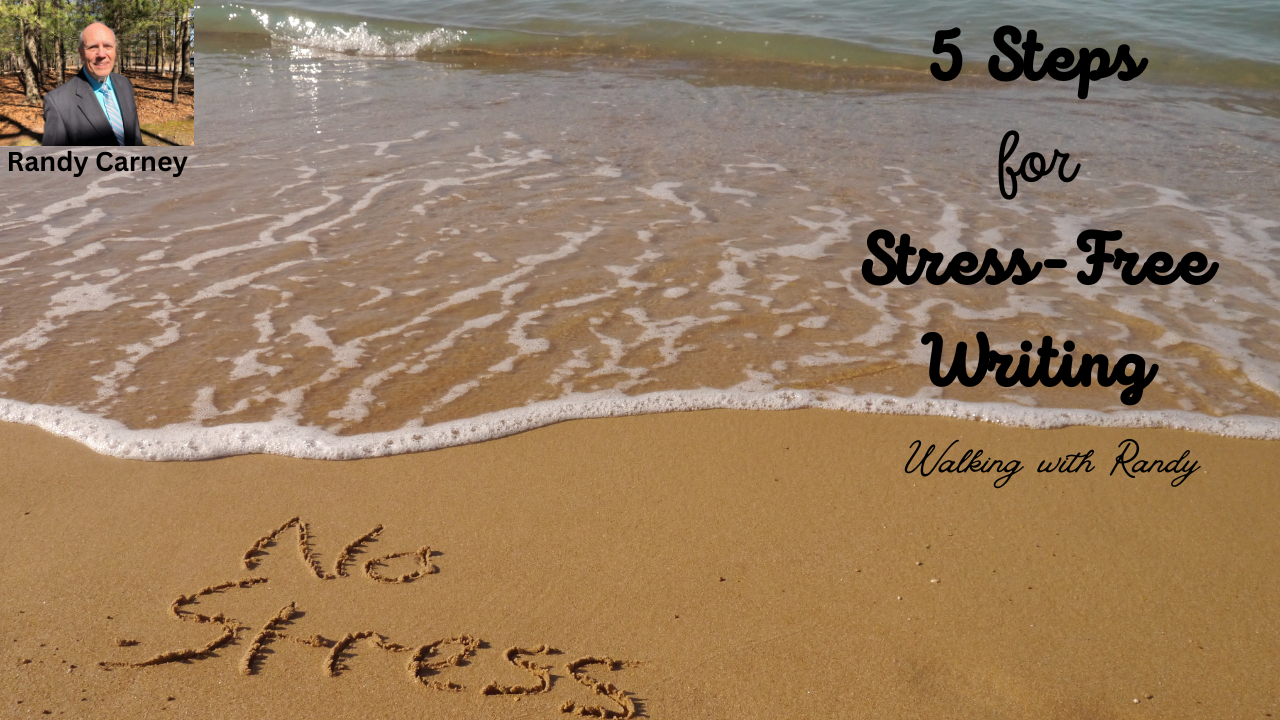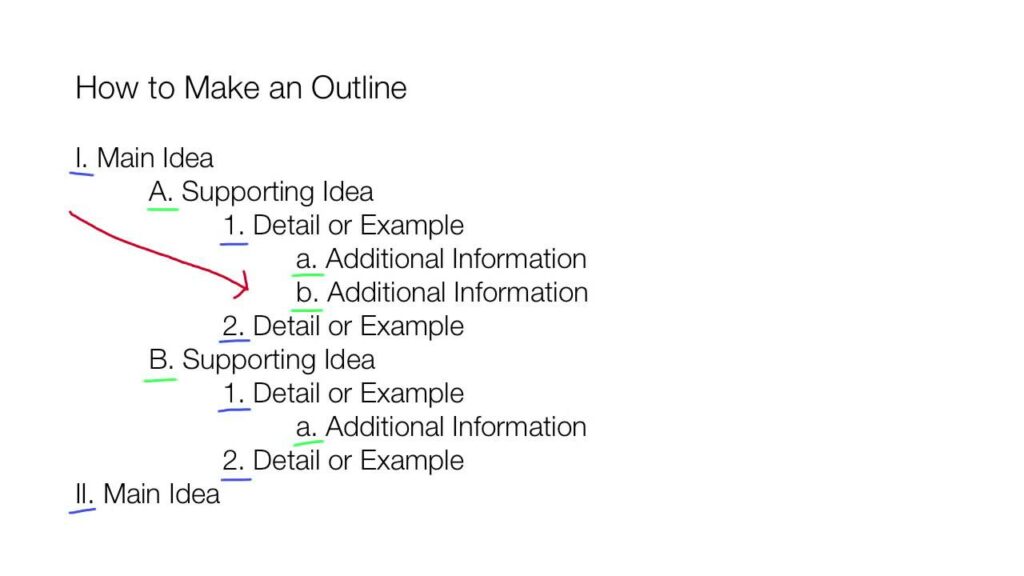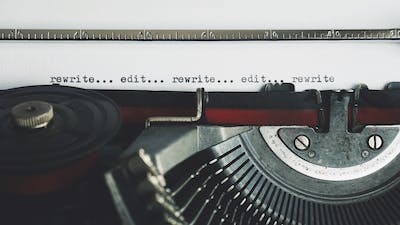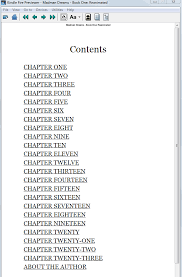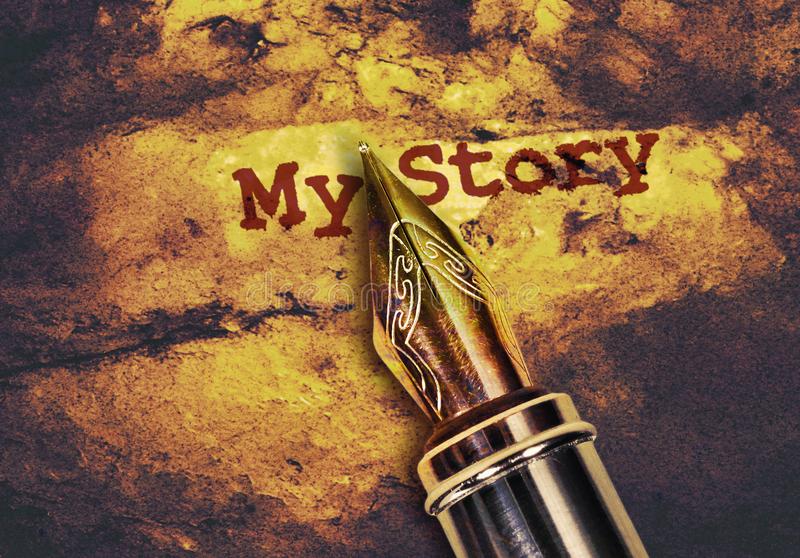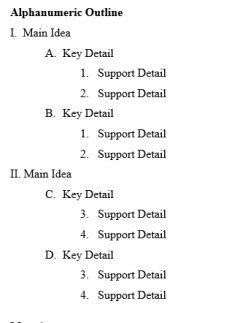How to write a book now. Hello everyone. Welcome to another blog based on my video series “Walking with Randy” where I talk about writing, speaking coaching marketing, and marriage. Today I’m talking again about writing.
Susan’s Story
Susan wanted to write a book. She had wanted to for some time, but she had not been able to get it off the ground.
She had not only put it off for a couple of months, it actually had been three years since she had the idea for the book, but she just could not start.

She had some times when she was writing on paper, and she wound up with crumpled papers in her wastebasket.
Then she had spent some time using a typewriter, but again, wound up with piles of wadded-up paper in her wastebasket.
Then she moved on to word processing programs on the computer, but it was just a hodgepodge of materials here and there.
She had been throwing away all of her attempts.
Then she read about some time management techniques.
Schedule Time to Write
What I’m talking about today is, if you want to write a book now, you must schedule writing your book. If you don’t do that if you don’t plan you are almost guaranteed to have days, weeks, months, or maybe even years of uncompleted projects toward that book. Time can slip by without you having a book to your credit.
Pick a Topic
Well, how can you write a book now? As I said, you must schedule but first of all, you have to start so you have to pick a topic.
You can do this, just in a day’s time or you may already have a topic in mind. Either way, if you don’t pick a topic, you can’t start.
Define a Problem
Once you’ve decided on a topic, you’ll need to define a problem.
Now here’s where perfectionism will come in and it will get you aren’t careful.
Your stated problem does not have to be a perfect statement, just define a problem and have a working statement to use as you start working on this book.
Brainstorm
Your next step will be to brainstorm some steps to the solution for this problem. Try to come up with seven to nine steps. If you come up with more than nine you might want to try to combine some somewhat. If you have more than 20, you’ll definitely want to combine some of them.

A nonfiction book is a good book to start with, and I would suggest that you try to have five to nine steps toward the solution.
Once you have done that, you can consider each of those steps as a chapter for your book.
You’re off to a good start.
Do Your Research
Now the next thing is to research.
Once you have the five to nine chapters picked out, do some more research on your topic. Look at other books on the topic, look at their tables of contents. Have you left out something that should be in your book? If so, just go ahead and add it in.
By now you may have trimmed some of your ideas by trying to combine some ideas in order to narrow down the number of steps, but you also may be adding in some more information that you need.
The Key To Writing a Book Now
Here is the key to how you can write a book now.
You’ve done all the preliminary planning and you’ve done some brainstorming. This could be done in a day.
Then you have done some research and have tamed the information that you found while doing your research. If you don’t tame your research you will be researching for years.
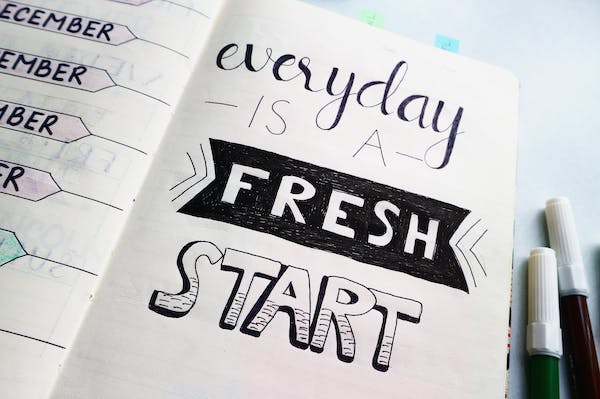
Now, here is the secret. Take a calendar and mark a certain date to start.
When that day comes, you will write every day. You will write using one of two different methods.
Timed Writing
With the first method, you will decide on the amount of time that you have to write each day. It might be 25 minutes, it might be 50 minutes, it might be 75 minutes or it could be as much as 90 minutes.
Whatever amount of time you choose, you need to commit to writing for that period of time, every day.
Then before long, you will have come to the end of the rough draft of your book!
Word Count Method
The other method is to not write for a particular period of time but to write a certain number of words a day.
You may have committed to writing 500 words a day, 1000 words a day, or 1500 words a day.

If you want to get the rough draft of the book done in a month’s time, you will probably need to write 3000 words a day.
The key is that you have written the word “start” on your calendar, and you start that day and you write every day.
You can decide what your business days are. I take Sundays off myself or many times I take Saturday off too and just have my business days or writing days be Monday through Friday.
You can determine what days work best for you and then you write every day.
How to Tame Your Research
At first, you’ll have to stop researching and start writing but you will probably come to places where you’ll find that you do need more research.
But don’t stop right then to go find the answer. Just put some x’s or some asterisks or, I’m told that if you put “TK”, a word processing program will find those. Make sure you don’t have a space between the letters. That should work well with a word processing program. When you see the “TK” marked, you’ll know that’s an area where more research is needed.

The difference with this research is this time it will be very focused. You’ll just be trying to find the answer to the question regarding what you need to add to that section of your book.
Be sure that before you do the extra research you do your daily goal first. Don’t stop writing to do the research. Put in those codes and then later you can do more research and put it in where you put your codes.
That’s how you tame your research.
Next Steps

So once you have your research, pick a day to start writing. Write every day until you come to the end of your rough draft. Then you will be over the hump and you will be able to figure out how to finish your book.
You can hire someone else to edit or you can do it on your own. Then it’s time to get your book ready for publishing.
You can pitch to a traditional publisher if you wish, or you can self-publish. More and more people are self-publishing nowadays, and it’s certainly something that you can do and you can learn to do well.
Or you might do what some people would call getting a relationship with a traditional publisher.
Whatever route you choose, you can get your book not only written but published as well. You will have the basic book.
The key is to start scheduling now. Take your calendar and write the word start. on whatever day you want to start and then do it.
That’s how you write a book now.
If you’d like more writing tips like these, just click here to be taken to my blog posts about writing.
Within a very short period of time I will also have a special gift for you on that page. it will be a free one-page roadmap to writing success,
For the ultimate guide to writing, consider purchasing my book “How to Write a Book in 28 Days or Less Without Stressing Yourself to Death.” It’s available on Amazon in both paperback and Kindle versions.
If you’d be interested in having me speak to your group about one of the several topics I cover, like marriage, speaking, or coaching, click here to be taken to the page where you can request that
It’s been good to share with you today. I hope you have a wonderful day. Until next time, I’m Randy Carney reminding you that YOU CAN WRITE A BOOK!
